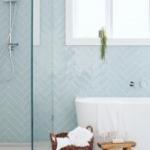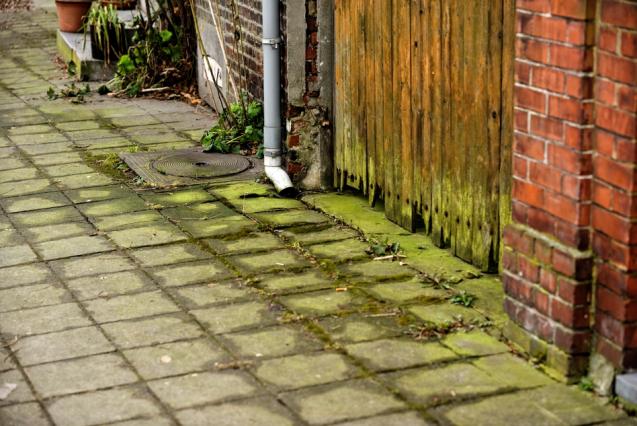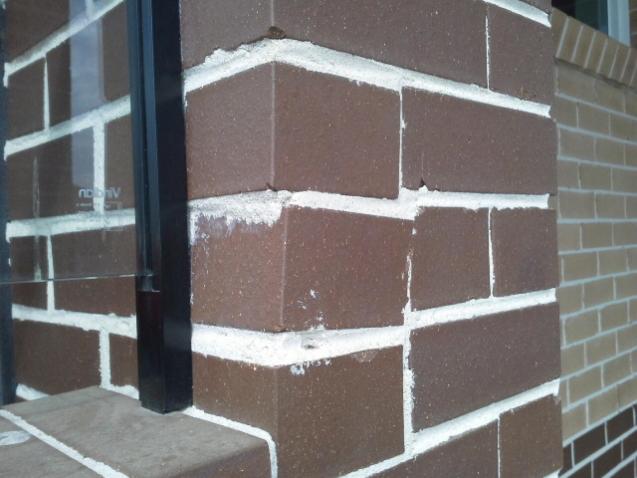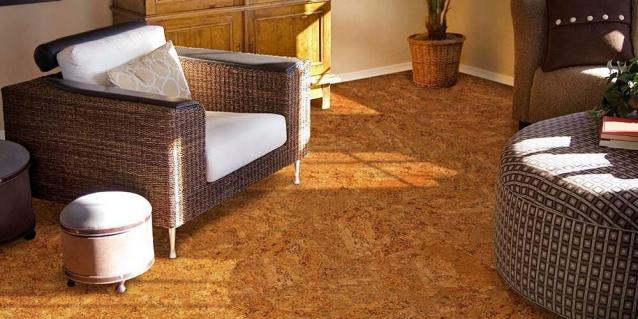
Painting Bathroom Tiles – Affordable Renovation Option
There are a few tools you will need, which will make painting your bathroom tiles a much less laborious task. Some of the tools in the following list are optional, depending on your needs:
- Tile paint
- Laminate and primer
- Mini roller frame and cover
- Paint tray
- Paint brushes
- Masking tape
- Grout (optional)
- Sand paper
Painting Bathroom Tiles
When you are painting any surface it is important to prepare the surface. If there are any defects in your tiles fill them with grout or polyfilla. Once the filling has set ensure to sand it down for a smooth surface.
Make sure the entire surface of the tiles is clean. Tiles gather a lot of dirt through frequent use of the bathroom. If you apply paint to a dirty surface the paint may not adhere to the surface. We recommend using a mouse sander for the purpose of smoothing out any rough surfaces.
When you are applying paint the technique you use is important. Use a roller and apply the paint from the top of the wall to the bottom in a zig-zag motion. Repeat this process until you have filled in the all the gaps for the first coat.
Allow the primer coat to dry before applying the next coat. Generally it takes around four hours for paint to dry. On a hot New South Wales day you should probably open a window and leave the bathroom door open to allow air to flow through the room.
After the primer coat has dried, apply additional coats as needed.
Do not assume the number of coats you will need. Once the first coat has dried you will have a better idea of how well the paint is taking to the tiles.
Once you have your newly painted tiles it is time to get creative. You can use stencils or decals to change the look of your tiles. Stencils work well in both small and large bathrooms. You can add character to a small bathroom with ornate stencil art.
Large bathrooms can also benefit from the addition of stencil art or decals. If your bathroom feels dull, stencils or decals will help close up the space and make the bathroom a more intimate space.
However, use stencils and decals sparingly so as not to create the illusion of clutter.
While colours are a personal choice, we recommend choosing a colour theme that will make your bathroom feel warm and comfortable. Bright colours tend to catch light better and create a warmer ambience, whereas dark colours are better if you want an intimate space to relax.
You can also use a mix of dark and bright colours for contrast. If the bathroom is small you can use colours to give the impression of a large space. Using different colours on opposing walls will direct the eye in a way that makes the room appear larger.
Using mirrors is another great way to get the most from your painted tiles. Mirrors positioned facing the bathroom door are especially good for highlighting stencils or decals on your bathroom walls. Keep the view of any mirrors in mind when positioning stencils or decals.
???????
Houspect provides expert construction inspections throughout Australia. www.houspect.com.au



